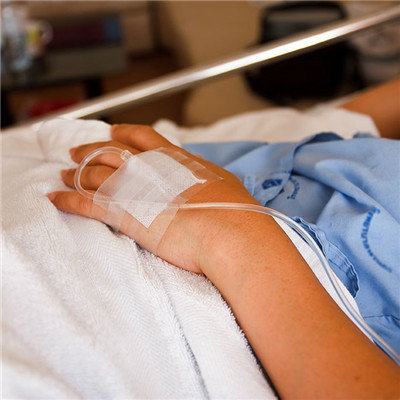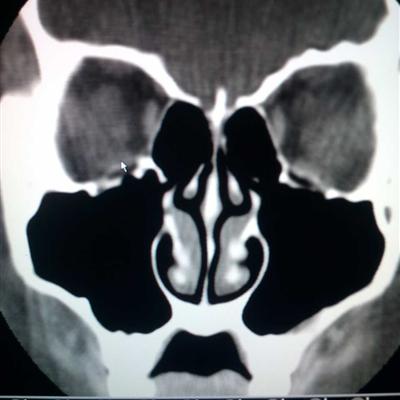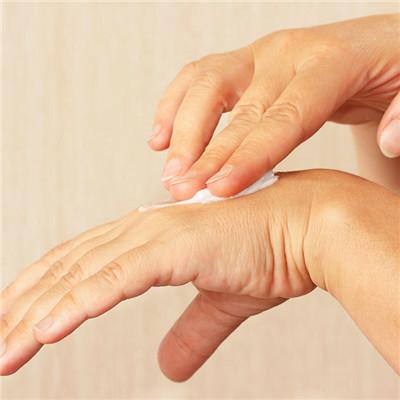Mycoplasma infection symptoms?
summary
Mycoplasma is the smallest microorganism that can survive outside the cell. It is a kind of prokaryotic microorganism that lacks cell wall. Its size is generally between 0.3 and 0.5um. It is highly polymorphic, with spherical, rod-shaped, filamentous, branched and other states. It is different from bacteria and virus. It has many kinds and wide distribution. It causes great harm to human, animals, plants, insects and other fields, and brings adverse effects to human health and scientific research. Mycoplasma infection symptoms? Let's talk about it
Mycoplasma infection symptoms?
Genitourinary tract infection: the incubation period is 1-3 weeks. The typical acute symptoms are similar to those of other non gonococcal genitourinary tract infections. The symptoms include urethral tingling, urgency and frequency of urination, and painful urination, especially when the urine is concentrated. The urethral orifice is slightly red and swollen, and the secretion is thin and small. It is serous or purulent, Most of the patients need to squeeze the urethra to see the secretion overflow. They often have a small amount of mucinous secretion at the urethral orifice in the morning, or only have scab membrane sealing, or see dirty crotch. In the subacute stage, they are often complicated with prostatic infection. Patients often have perineal distending pain, backache, discomfort on the inner side of both thighs, or tingling from perineum to the inner side of thighs when doing anal lifting

Respiratory tract infection: the onset is slow, with an incubation period of 2-3 weeks. At the beginning of the disease, there are general discomfort, fatigue and headache. Fever occurred 2-3 days later, and the body temperature often reached about 39 ℃, lasting for 1-3 weeks, accompanied by sore throat and muscle pain.

Cough is a prominent symptom of the disease. It usually starts from 2 to 3 days after the disease. At the beginning, it is dry cough, and then it turns into intractable severe cough, often with sticky sputum and occasionally blood. In a few cases, it can be similar to pertussis like cough.

matters needing attention
Early use of appropriate antibiotics can reduce symptoms and shorten the course of disease. The disease is self limited, and most cases can be cured without treatment. Macrolide antibiotics are the first choice, such as erythromycin, roxithromycin and azithromycin. Fluoroquinolones such as levofloxacin, gatifloxacin and moxifloxacin, and tetracyclines are also used in the treatment of Mycoplasma pneumoniae pneumonia. The course of treatment is usually 2-3 weeks. Because Mycoplasma pneumoniae has no cell wall, antibiotics such as penicillin or cephalosporins are ineffective. For severe cough, antitussive drugs should be given appropriately. If the secondary bacterial infection, according to the sputum etiology examination, the selection of targeted antimicrobial therapy.












